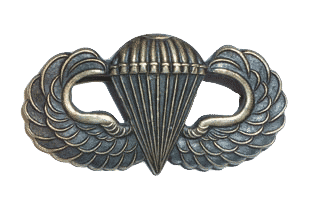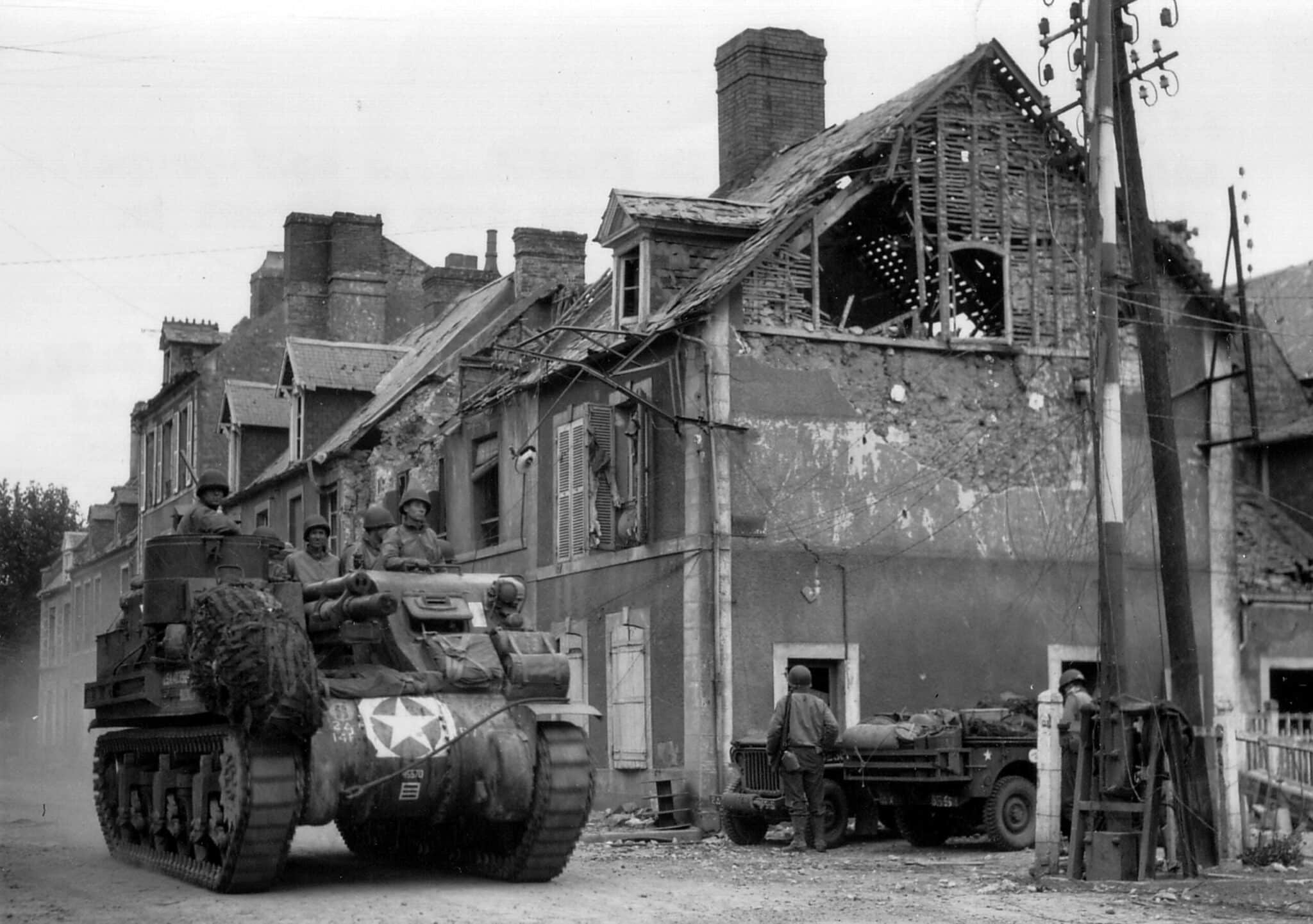
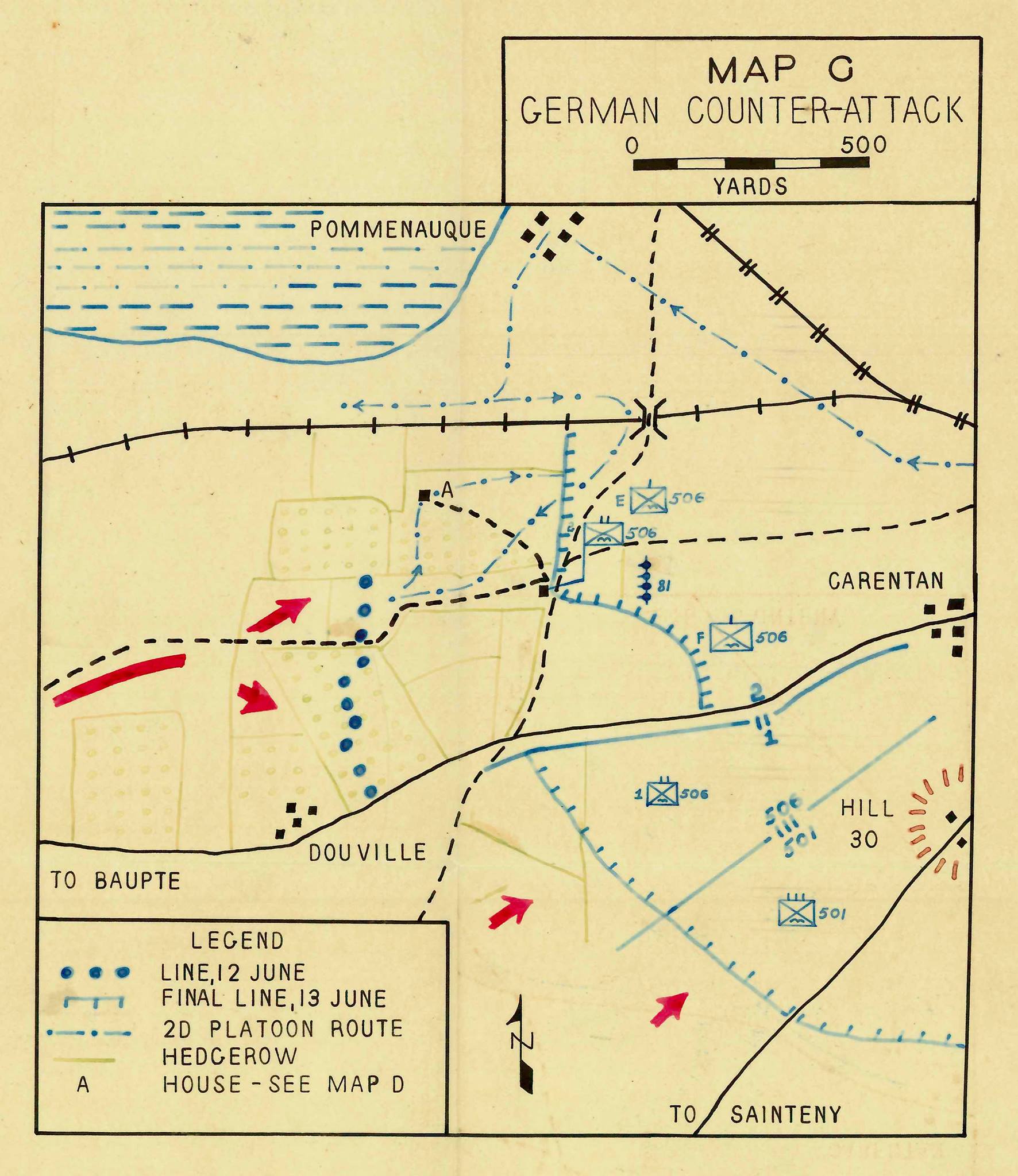 The order on the German side came directly from Hitler. Carentan had to be retaken. The 17th Panzer Division SS “Goetz von Berlichingen” arrived from Thouars with the mission of pushing back the Americans to the sea. Their Commander, Brigadefuhrer Werner Ostendorf was furious when he learnt on 12th June that von der Heydte and his paras had left Carentan. He reassembled the SS and Fallschirmjaeger around his armored vehicles and went on the attack at dawn on 13th June. The clash with the paras from the 501st and 506th PIR was horrendous. Exhausted by a week of non-stop fighting, with too few arms, the troopers weakened. It was the arrival of the 1st battalion of the 66th Armored regiment from the 2nd Armored that would turn things around. The 401st, attached to the 502nd was also involved. The glidermen moved in between the Shermans and made the most of the gaps in the hedges created by the tanks. While the 327th secured a line of defense alongside the railway line to the east of Carentan, then Montmartin en Graignes, the 401st with a nasty hedgerow battle, sometimes one on one, against the SS, who never retreated whatever the strategy, to prevent the Tanks and paras from advancing. This is how Captain Naugher, CO of A/401st lost his life on 13th June. Three German officers stood in front of him waving a white flag. Eldridge Naugher came out of his shelter. That was when the three German officers threw themselves to the ground, opening fire with a machine gun they had ambushed and shot the commander of the A/401st. The Germans would be pushed back leaving between 500 and 800 dead on the ground according to various contradictory sources. The tank crews in the 2nd Armored were given the nickname Roosevelt’s butchers by their enemy.
The order on the German side came directly from Hitler. Carentan had to be retaken. The 17th Panzer Division SS “Goetz von Berlichingen” arrived from Thouars with the mission of pushing back the Americans to the sea. Their Commander, Brigadefuhrer Werner Ostendorf was furious when he learnt on 12th June that von der Heydte and his paras had left Carentan. He reassembled the SS and Fallschirmjaeger around his armored vehicles and went on the attack at dawn on 13th June. The clash with the paras from the 501st and 506th PIR was horrendous. Exhausted by a week of non-stop fighting, with too few arms, the troopers weakened. It was the arrival of the 1st battalion of the 66th Armored regiment from the 2nd Armored that would turn things around. The 401st, attached to the 502nd was also involved. The glidermen moved in between the Shermans and made the most of the gaps in the hedges created by the tanks. While the 327th secured a line of defense alongside the railway line to the east of Carentan, then Montmartin en Graignes, the 401st with a nasty hedgerow battle, sometimes one on one, against the SS, who never retreated whatever the strategy, to prevent the Tanks and paras from advancing. This is how Captain Naugher, CO of A/401st lost his life on 13th June. Three German officers stood in front of him waving a white flag. Eldridge Naugher came out of his shelter. That was when the three German officers threw themselves to the ground, opening fire with a machine gun they had ambushed and shot the commander of the A/401st. The Germans would be pushed back leaving between 500 and 800 dead on the ground according to various contradictory sources. The tank crews in the 2nd Armored were given the nickname Roosevelt’s butchers by their enemy.
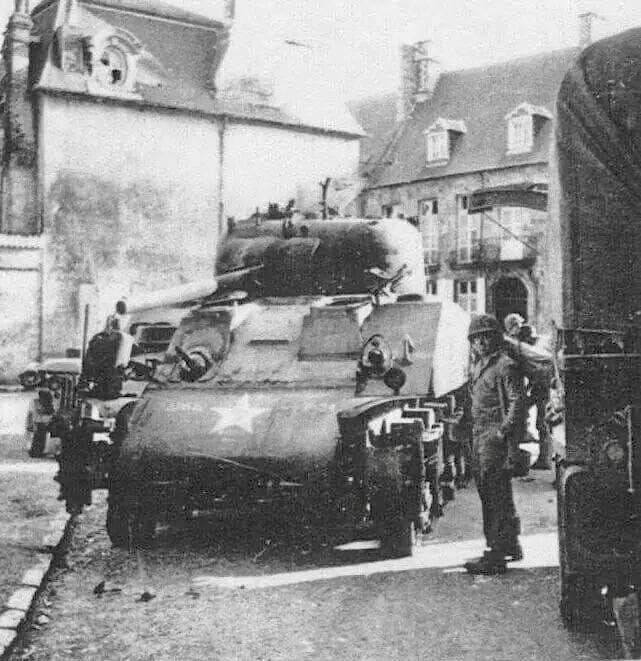
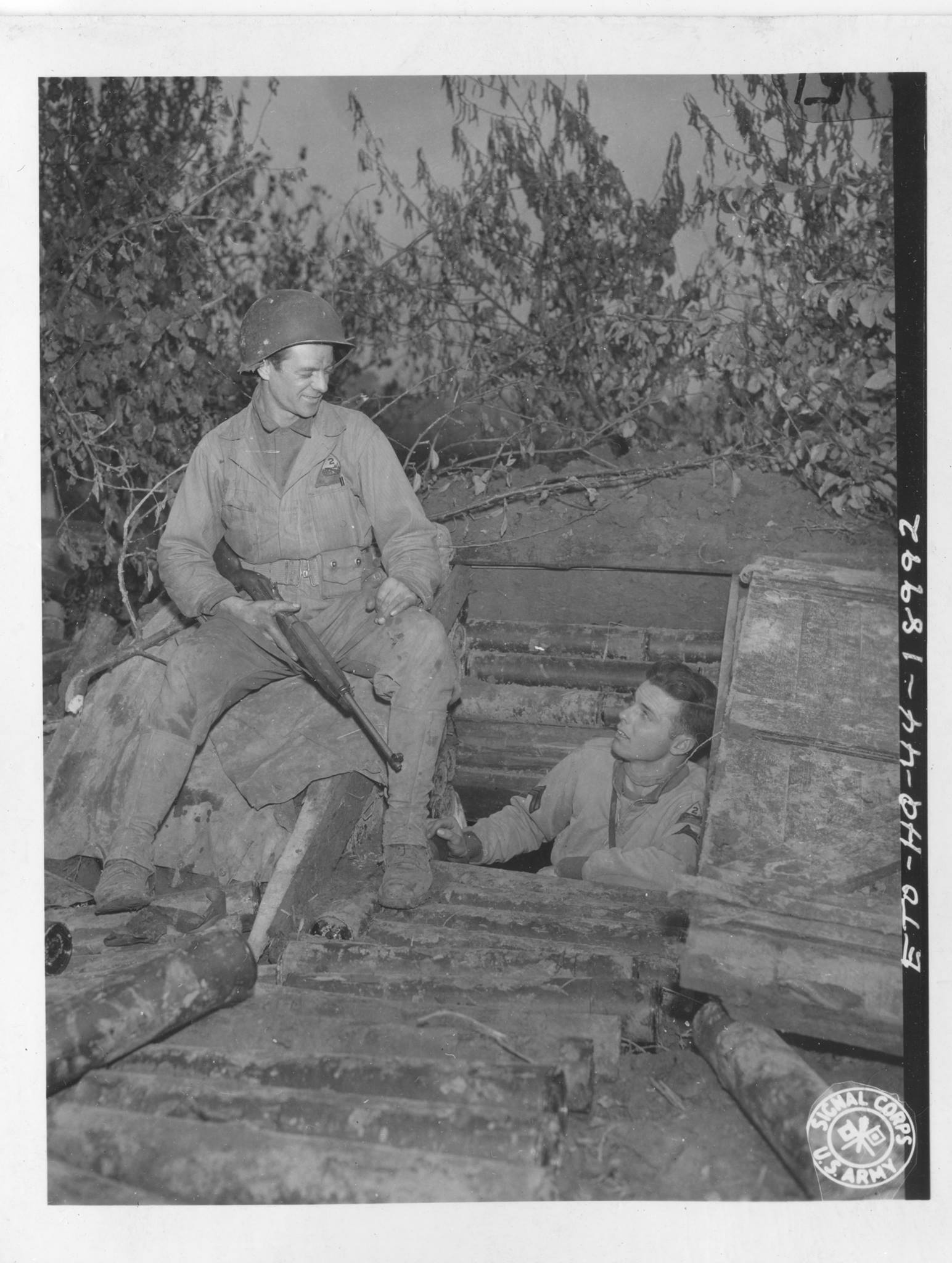
I saw the devastation of war; the dead and the dying spread all over the fields around Carentan, friends and foes alike. In each field, we picked up between 5 and 50 bodies… and there was a lot of fields…. We would give each trooper coming by our tank a bandoleer of ammo. These exhausted paratroopers had been holding on for a week, and were fighting with bayonets and knives. These guys had seen hundreds of ennemies die, but also their buddies killed in front of them. And yet, these guys were crying as we finally handed them ammunition….
Arden Gatzke Staff Sergeant - 66th AR
Bloody Gully, Bloody gulch..
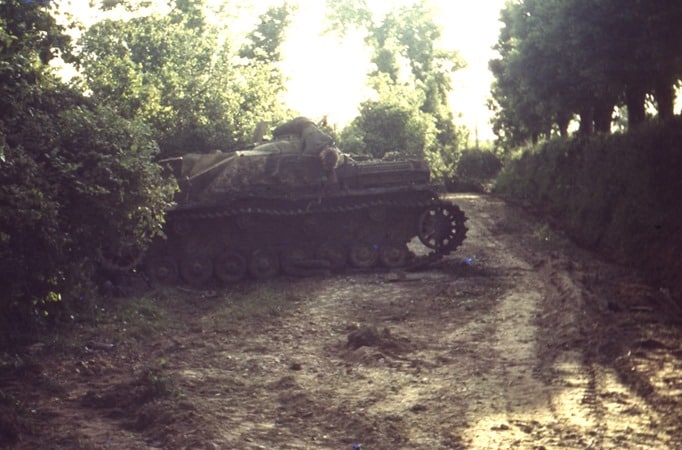
Words that sound like MG 42 machine gun fire. They sum up the confusion and violence of the fighting on 12th and 13th June 1944 to the SW of Carentan, with three battalions from the 506th PIR up against the retreating German parachutists and the SS from of the Goetz von Berlichingen that had rushed in from Thouars to push the Americans back into the sea. The clash took place to the east of the Carentan-Baupte railway line alongside the D 223 road in an area of fields with high hedges and sunken paths that the GIs called either gullies or gulches, mixing the terms up so much that 71 years later, no one really knows which part of the area they were referring to. Even the most serious historians find it hard to separate one from the other, as Mark Bando, THE 101st Airborne specialist shows…
“Do not confuse Bloody Gully (bloody ditch) and Bloody Gulch (bloody ravine)
As far as the battle for Carentan was concerned, we are talking about two different places. The writer, Ian Gardner gave his explanation in his book about the 3/506, “Tonite we die as men.” Bloody Gully is to the south of the road which stretches out east to west below Donville. (D 223) Bloody Gulch is to the north of this road and on its right hand side, there is the railway line.
The precise location of Bloody Gully remains a subject of debate. Veterans from the 3/506 did not all realize that Bloody Gully and Bloody Gulch referred to two distinct battles. When they talk about what happened on 12th June, the men from the 1st and 2nd battalions think they are talking about the same place as the boys in the 3/506. They talk it over together as if it was the same place, which is not really the case.
You can understand this confusion, as the pattern of fighting was the same, with each battalion from the 506th creating a front moving westwards on the same day, 12th June in a zone located to the SW of Carentan against the same enemy, 6 FJ and 17th SS. Veterans switch between the two terms, bloody gulch and bloody gully, thinking there is no difference between them.
Ian Gardner, after some long interviews with survivors from the 3/506, and with the help of diagrams, found out that the boys in the 3/506 believed their right flank was limited by a road, while those in 1 and 2 battalion say it was the rail track. The 101st historian, Mark Bando continued his investigations, looking at diagrams from Lt Ronald Speirs (D/506) and Lt Dick Winters (3/506). Metal detectors revealed a number of both German and US cartridges close to the bridge under the rail track, indicating what may have been Easy Company’s MLR.”
On Sunday 11th June, the FJ Reg 6 moved out of Carentan and took up position to the SW of the town. They did not consider themselves to have been beaten and had just received the support of the 17th Panzer grenadier Division SS “Goetz von Berlichingen”. SS and FJ immediately prepared a large counter-attack with the aim of reaching St Côme du Mont, to push back the 101st Airborne towards the beaches.
On the following day, 12th June, HQ 101st ordered Colonel Robert Sink, CO of the 506 PIR, to set up defenses to the west of Carentan. 1 and 2 battalion took up position during the morning. At 1400 hrs, the Germans attacked around Donville Manor and the 1/506 underwent a horrifying mortar attack around Donville. The attack was repelled and Sink called up his 3rd battalion, which was in reserve, to carry out a general attack by the regiment at 0500 hrs on the following day, 13th June. The 3rd battalion moved in on the night of 12th-13th June to join the 1 and 2 / 506.
On 7th June 1944, General Maurice Rose went ashore in Normandy with the 2nd Armored. He was asked on 12th June to support the 101st Airborne in Carentan with his Combat Command A, including in particular, the 66th Armored Regiment, the 82nd Armored Reconnaissance Bn, 2 Bns from the 41st Armored Infantry Regiment, the 14th AFA Bn and the 92d AFA Bn.
On Tuesday 13th June, Rose sent his reconnaissance units out. At 0322 hrs, he gathered his forces in Les Vers near Isigny. At 0400 hrs, the Reconnaissance Co from the 66th AR came under attack from several panzers and by the infantry. The D/66 was detached and sent to Carentan to assist the 101st on cleaning up the western side of the town, but before the operation could begin, the unit was recalled to push back with the 2/66 the German counter attack on Carentan.
Armored vehicles from the 2nd Armored and parachutists from the 101st would push back the tanks from the 17th Panzer grenadier division SS Goetz von Berlichingen throughout the day with such efficiency that the Germans would call the 2nd Armored, Roosevelt’s Butchers.
The small commune of Graignes in the heart of the marshes in the Cherbourg Peninsula entered the history books from the first days of the Battle of Normandy. Its name is associated with two historic events. Unfortunately, rather like Oradour-sur-Glane, it is known for the atrocious acts and fires caused by the SS troops. But it is also known for the heroic American deeds carried out there in an incident a bit like El Alamo, when 182 paras would hold out until the final cartridge in the fortified village with the help of French civilians to at least slow down, if not stop the arrival of an SS armored division at a crucial moment of the fighting. The goal of the Germans was to push the Americans back to the sea blocking the formation of a real bridgehead from Omaha and Utah Beach. Graignes, the martyr, deliberately left its fate in the hands of these lost paras during a bloody battle, which in the end slowed the advance of the 17th SS enough to allow the American armored vehicles that had come ashore on Omaha Beach to join the exhausted paras from the 101st Airborne and on 13th June carry out the liberation of Carentan, the American bridgehead….
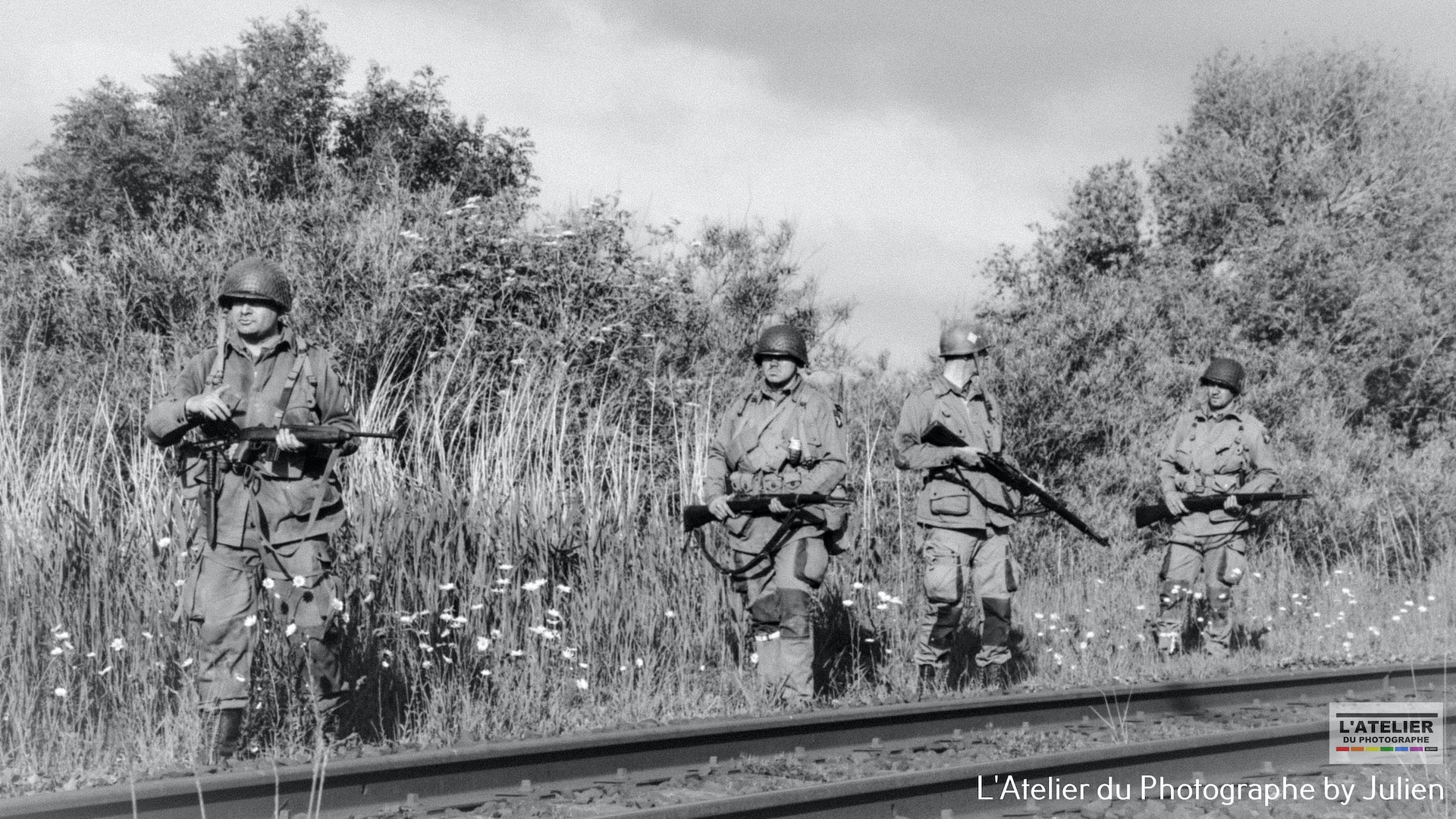
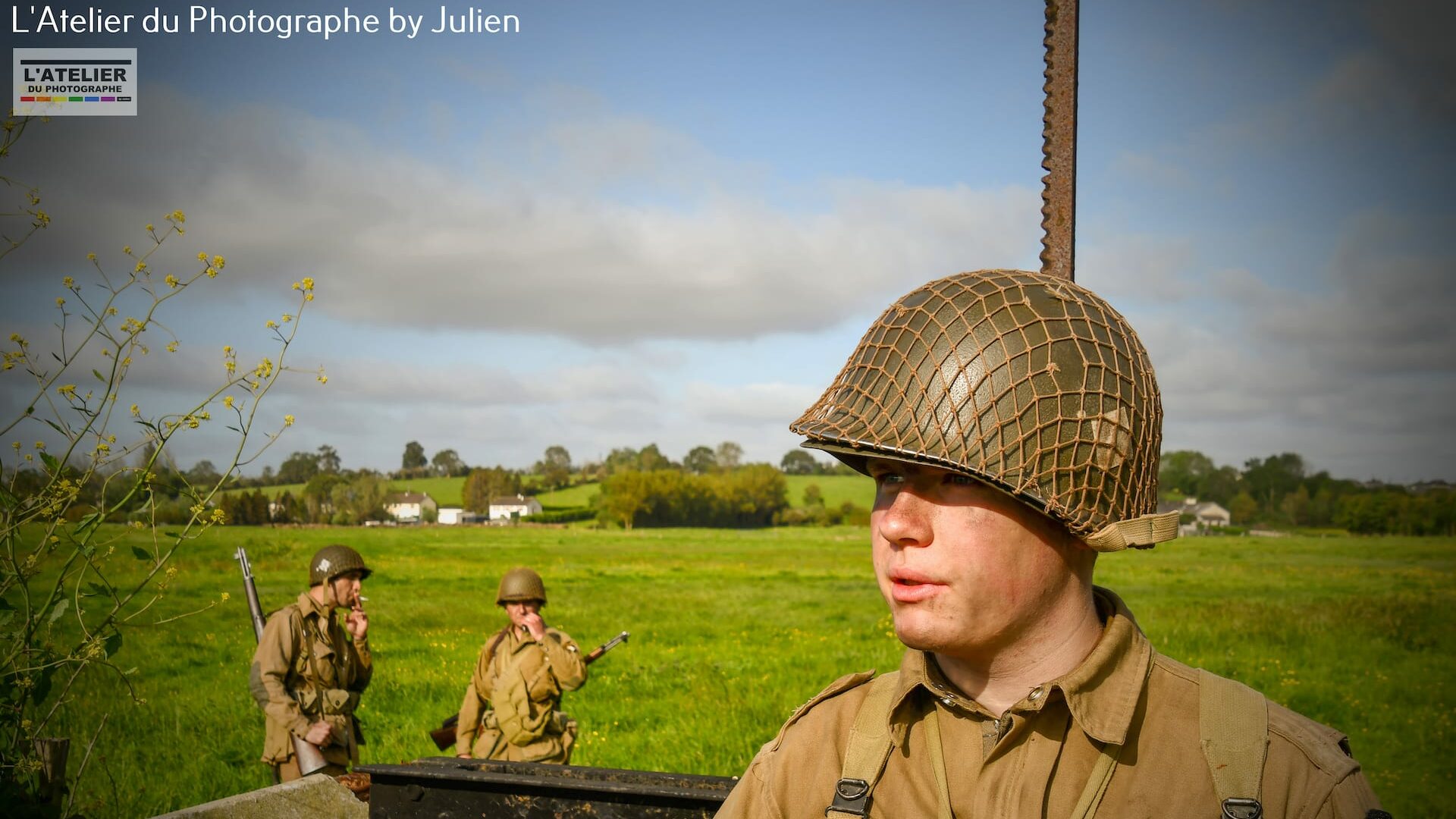
The Normandy campaign, the first jump and first fight of the 101st Airborne, was also the most costly, with 3,836 casualties (killed, wounded, missing), compared to 3,301 in the Netherlands (Market) and 3,458 in the Ardennes (Bastogne). However, the Normandy campaign (38 days) lasted almost half as long as the stay in the Netherlands (72 days). 868 men lost their lives in Normandy, including at least 400 in the Battle of Carentan alone.
It is the 506th PIR which in Normandy deplored the greatest number of casualties, 983, including 231 KIA. It should be noted that the G Company of the 501st alone suffered 50 casualties, including 30 in two C-47 crashes, out of a strength of 136 men.
The 1/401st attached to the 327th GIR, had 41 soldiers killed during the assault on the Carentan floating dock.
The 3rd Battalion of Robert Cole’s 502nd, lost 550 men, including at least 88 KIA, during the assault on Purple Heart Lane and Ingouf Farm, 67% of its strength between 10 and 13 June 1944.
Easy Company 502nd suffered only 3 casualties in Normandy, the lowest total of the Division.
The 101st Airborne engaged in Normandy 951 officers and 13,250 non-commissioned men, that is to say 14,201 men. 6,670 arrived by parachute. 52 Waco gliders carried staff, medical, engineers, artillerymen, that is to say 312 men. The rest of the division arrived by sea at Utah Beach.
According to Rapport and Northwood
101st Airborne in Normandy
KIA: 868
WIA: 2,303
MIA: 665
Total: 3,836

